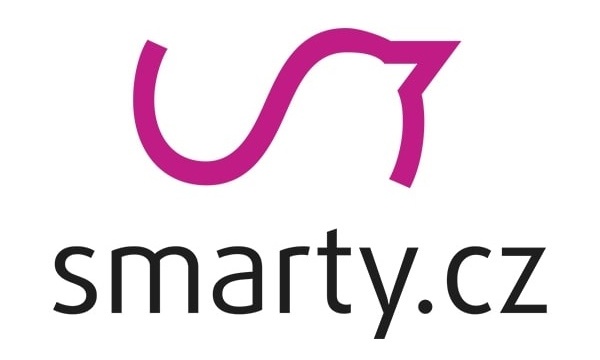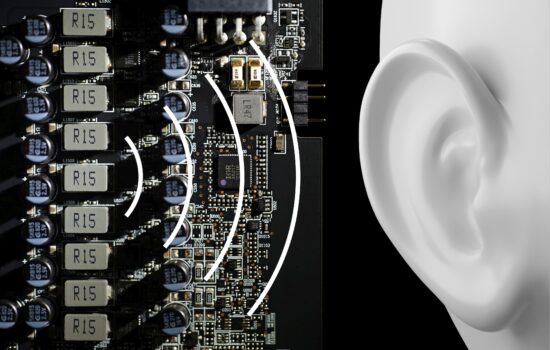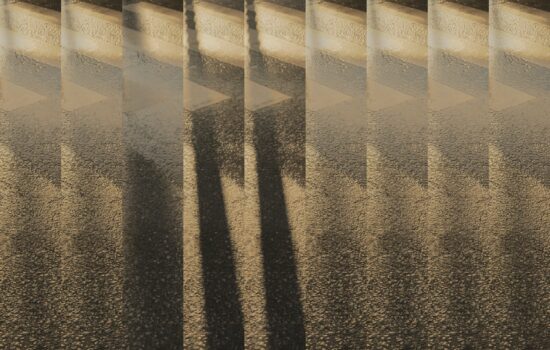NVIDIA in DaVinci Resolve Studio
From the last article, you already know what tasks are acceleratable by powerful NVIDIA graphics cards in DaVinci Resolve Studio. Now we have a speed comparison for you against simpler, integrated GPUs. Specifically confronting the RTX 4090 and RTX 4060 with the solution that Intel’s latest Raptor Lake Refresh processors have. The difference in favor of GeForce graphics cards is immense.
Disclaimer: This article was commissioned by NVIDIA and is paid for. However, the company did not interfere with its content in any way, and the only requirement was to test the performance of GPU acceleration in DaVinci Resolve (Studio) using GeForce RTX graphics cards.
And straight to the point: What is the headline of the article referring to? The Magic Mask and Super Scale features in DaVinci Resolve Studio (18.6.2) scale great with GeForce RTX graphics cards while they are literally unusable with the Intel UHD 770 graphics core in LGA 1700 platform processors (Raptor Lake Refresh, Raptor Lake and Alder Lake). To change the pixel colors of selected video objects (Magic Mask) or to sharpen and de-noise them (Super Scale), discrete graphics cards are essential.
It doesn’t have to be the RTX 4090 right away to get a decent result, you actually might be able to get by with the RTX 4060 in these tasks. The latter may be three to six times slower, but it doesn’t lack speed. Certainly, for high end professional use, the RTX 4090 will be preferable. For comparison, what graphics cards with such powerful GPUs are finished with in 11 seconds, the Intel UHD 770 takes up to 93 times as long (1025 seconds) to complete.
An even bigger difference (90 vs. 9550 s) was observed in the Super Scale tests. This, of course, after proper optimizations of the test application (DaVinci Resolve Studio) for the neural engine. A GPU without tensor cores, with a small number of shaders and little available memory, simply cannot reasonably handle AI tasks.
NVIDIA’s GPU is at an incomparably higher level even when it comes to a lower-end graphics card like the RTX 4060. It can also be considered as the “basic” Optical Flow solution. This means that live timeline playback is relatively smooth (though not flawlessly so) even with the RTX 4060.But the result with RTX 4090 is better, smoother and practically already (without drops) corresponds to real-time video, for which this interpolation makes up for the missing frames.
For Smart Reframe, the RTX 40×0 speed is approximately 13 to 14 times that of the Intel UHD 770. In terms of Face Refinement, we can talk about a relatively smaller difference in performance, but with longer videos, even that adds up and instead of a whole day and night, the work can take only a few hours.
The NVENC coder also shows itself in a good light. Performance results are achieved at comparable output quality, which is something we’ve paid attention to in the setup. The bitrate across different encoders (NVENC/QuickSync) is comparable and the visual quality as well – judge for yourself.
A wide range of different graphics cards with NVIDIA Studio support as well as prebuilt PCs or laptops is also in stock at smarty.cz/smarty.sk – the partner of this article.
English translation and edit by Jozef Dudáš
- Contents
- NVIDIA in DaVinci Resolve Studio
- On what (and how) we test
- Test results
- Visual comparison of video exports














